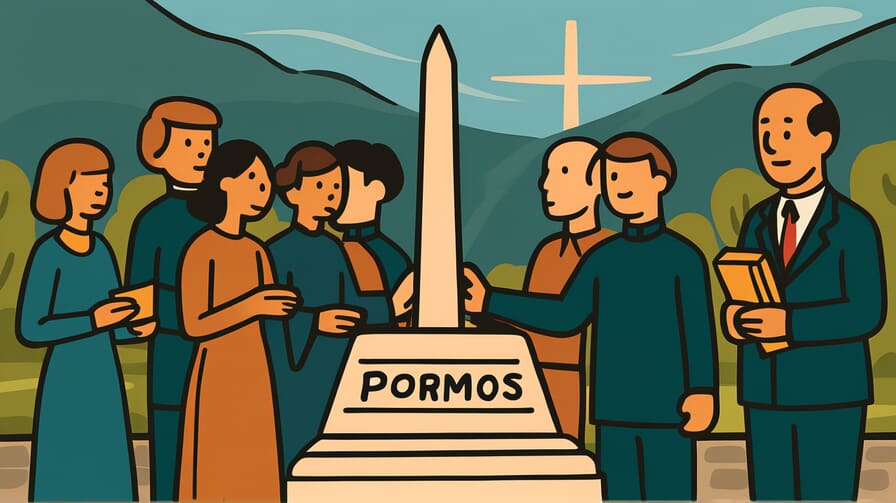[Disclaimer] This article is reconstructed based on information from external sources. Please verify the original source before referring to this content.
News Summary
The following content was published online. A translated summary is presented below. See the source for details.
German State Minister for Culture and Media, Wolfram Weimer, marked the European Holocaust Remembrance Day for Sinti and Roma on August 2, 2025. This day commemorates the approximately 500,000 Sinti and Roma murdered in Nazi-occupied Europe during World War II. Weimer emphasized the importance of remembering the victims and the ongoing responsibility to prevent such atrocities from happening again. He noted that on the night of August 2-3, 1944, SS members killed about 4,300 remaining Sinti and Roma in the gas chambers of Auschwitz-Birkenau, mostly women, children, and the elderly deemed unfit for work. Weimer acknowledged that it took until the 1980s for Germany to officially recognize this genocide, and 2025 marks only the 10th observance of this European remembrance day. He stressed that while recognition came late, it establishes a lasting responsibility for both the past and the future.
Source: Bundesregierung (Germany)
Our Commentary
Background and Context

The Sinti and Roma, often referred to as Gypsies, have faced centuries of discrimination across Europe. During World War II, they were targeted by the Nazi regime for extermination alongside Jews and other groups. The Holocaust against the Sinti and Roma is sometimes called the “Porajmos” or “Samudaripen,” meaning “the devouring” or “mass killing” in Romani languages.
Expert Analysis
The recognition of this genocide by Germany and the European Union represents a significant step in acknowledging historical injustices. However, the delay in this recognition highlights the ongoing marginalization of Sinti and Roma communities.
Key points:
- The late recognition (1980s) reflects the prolonged neglect of Sinti and Roma suffering
- Establishing a European remembrance day helps raise awareness and combat ongoing discrimination
- Official acknowledgment creates a foundation for addressing current issues facing Sinti and Roma communities
Additional Data and Fact Reinforcement
To understand the scale of this tragedy, consider these facts:
- An estimated 25-50% of the European Sinti and Roma population was killed during the Holocaust
- In some countries, such as Croatia and Estonia, over 90% of the Roma population was murdered
- Post-war discrimination led to a lack of reparations and continued marginalization for survivors
Related News
This commemoration occurs against a backdrop of ongoing discrimination against Sinti and Roma in Europe. Recent reports from human rights organizations highlight continued issues with access to education, housing, and employment for these communities in many European countries.
Summary

The recognition of the Sinti and Roma Holocaust is a crucial step in addressing historical injustices, but it also serves as a reminder of the ongoing need to combat discrimination and ensure equal rights for all communities in modern Europe.


